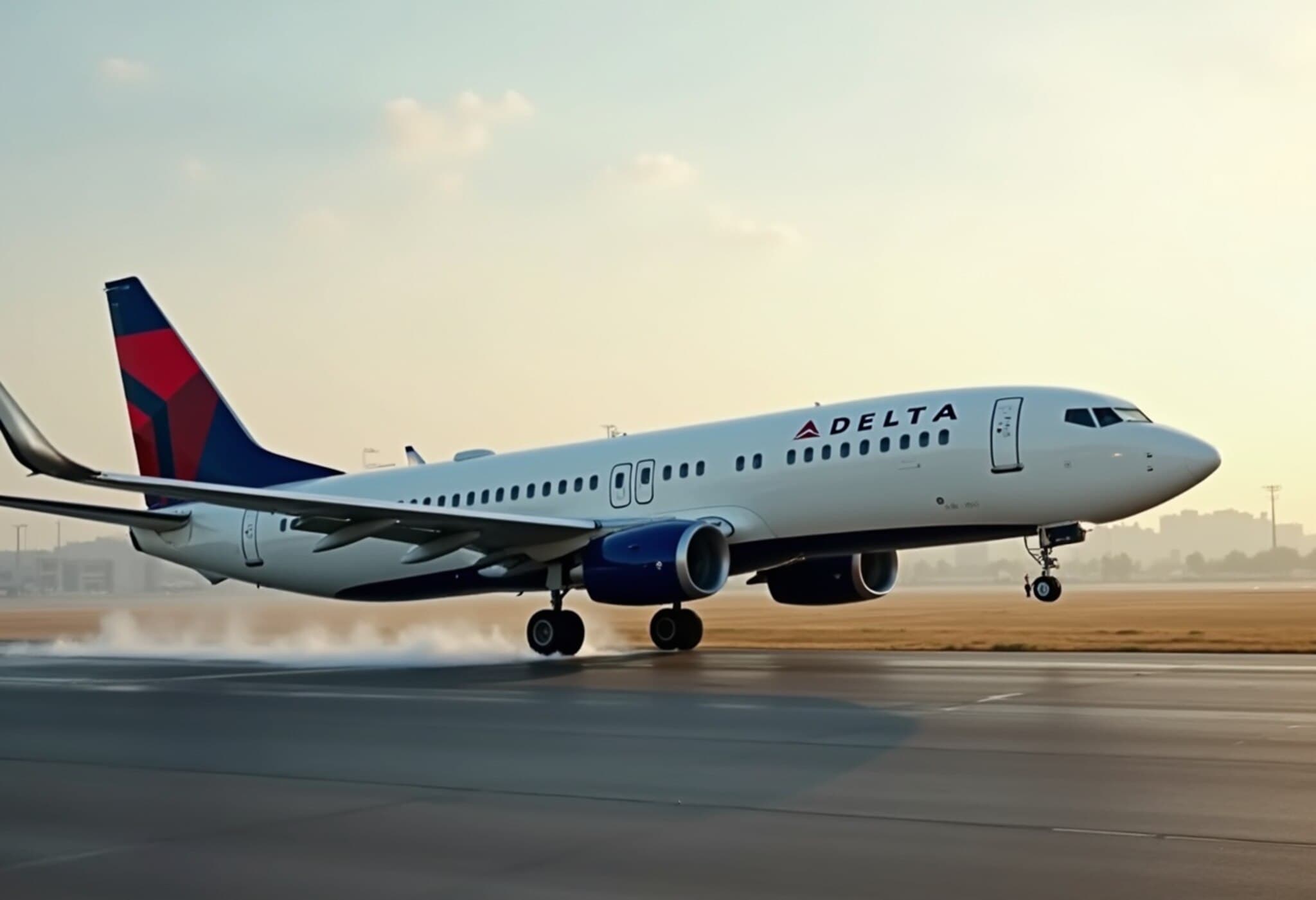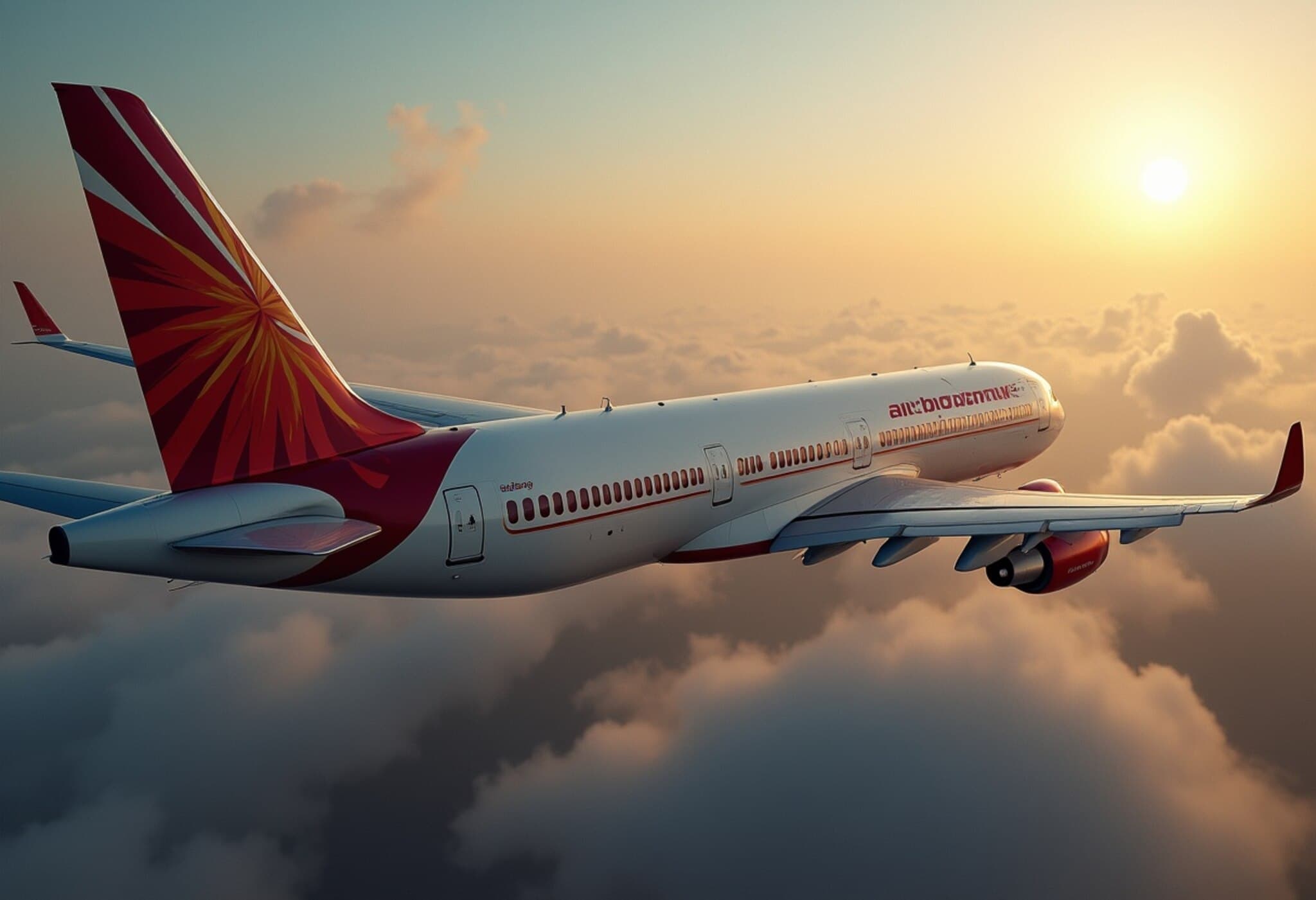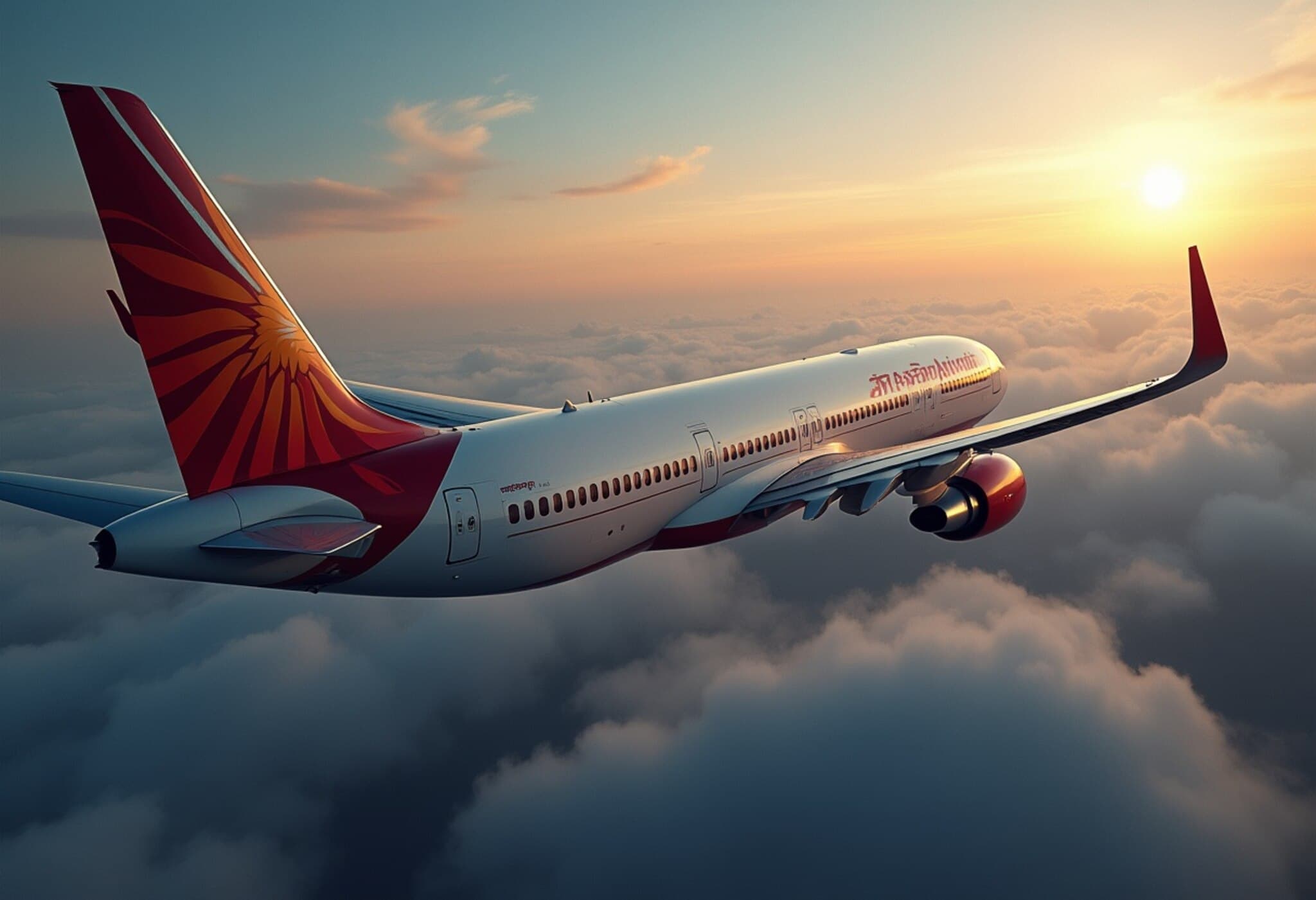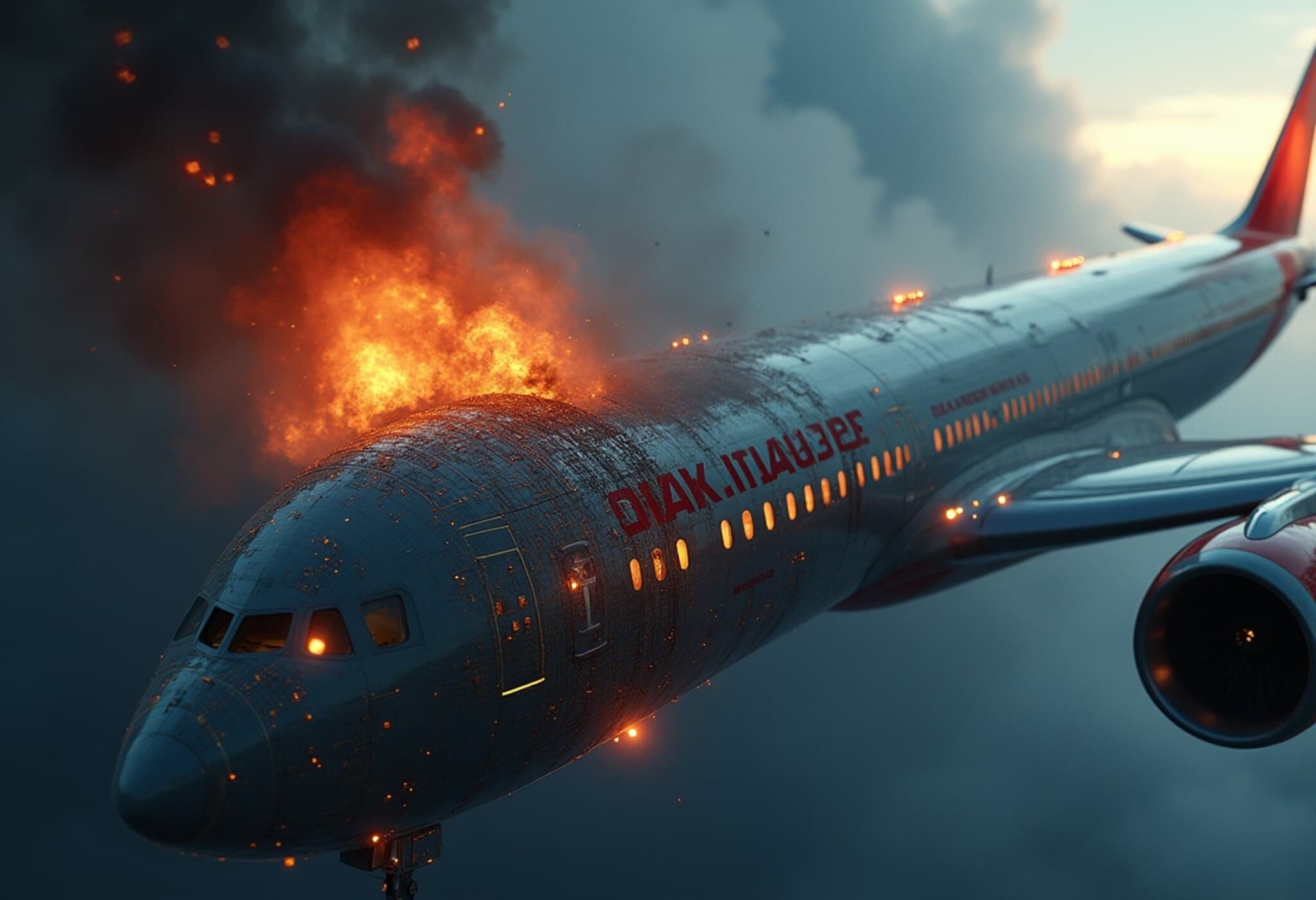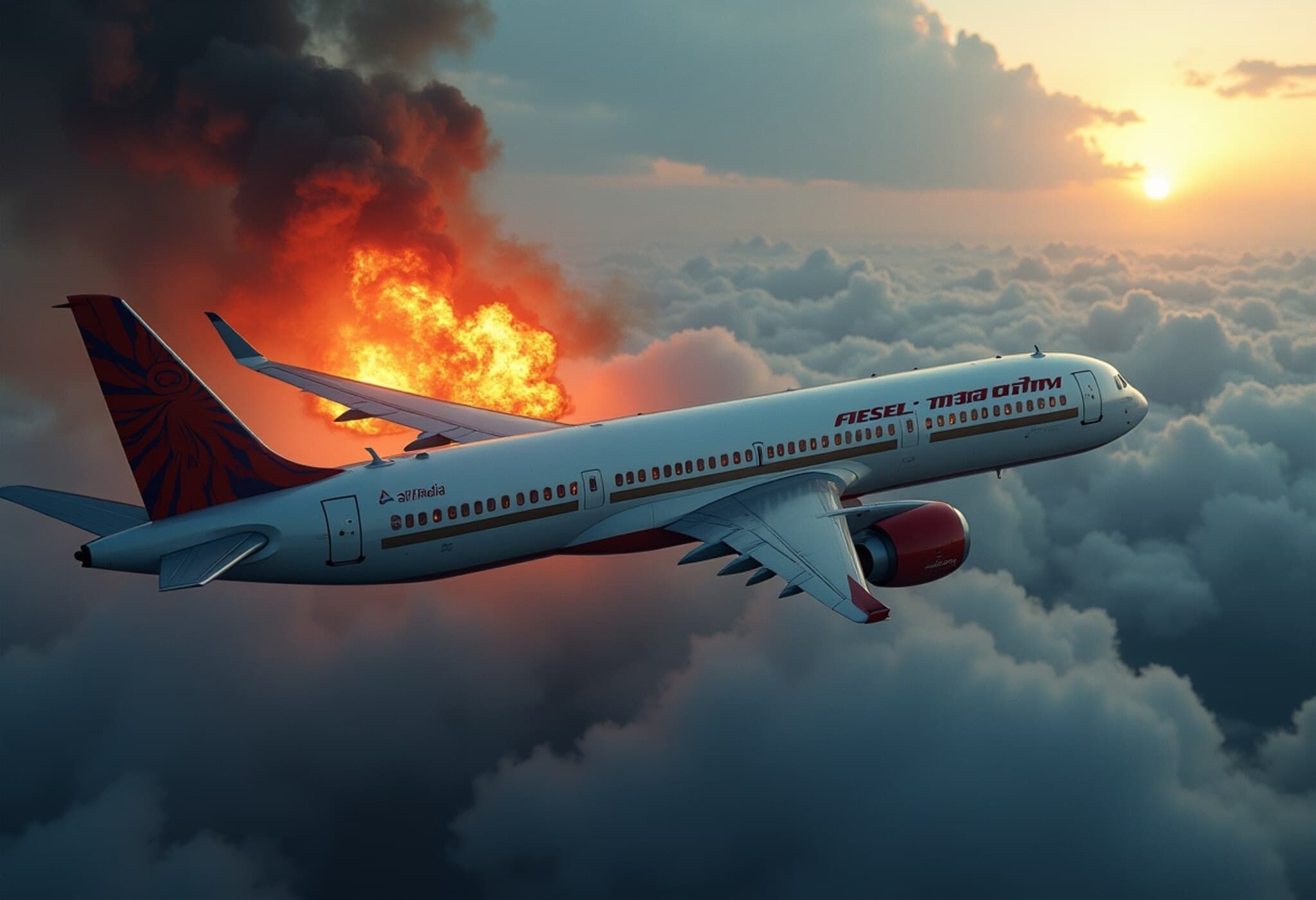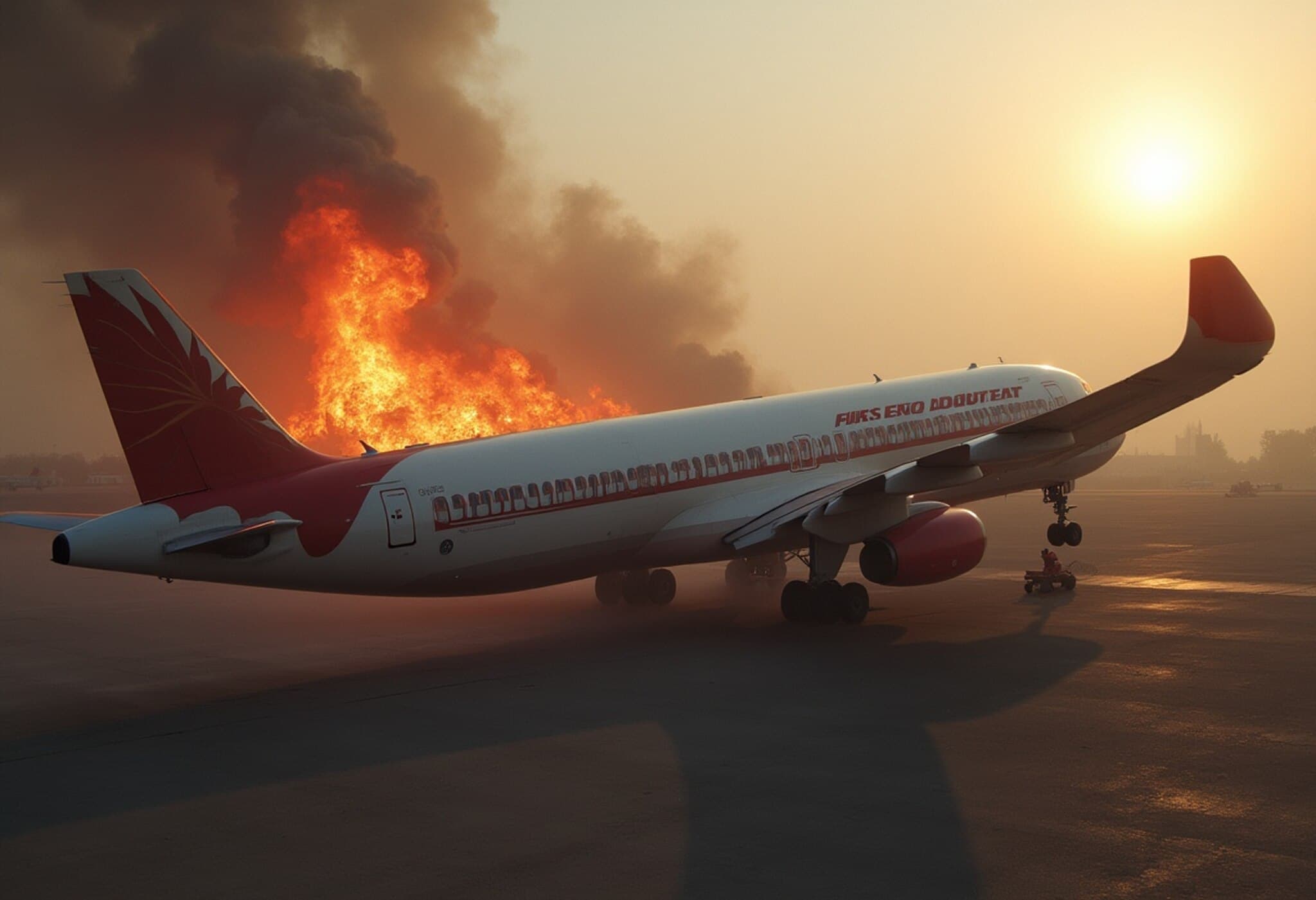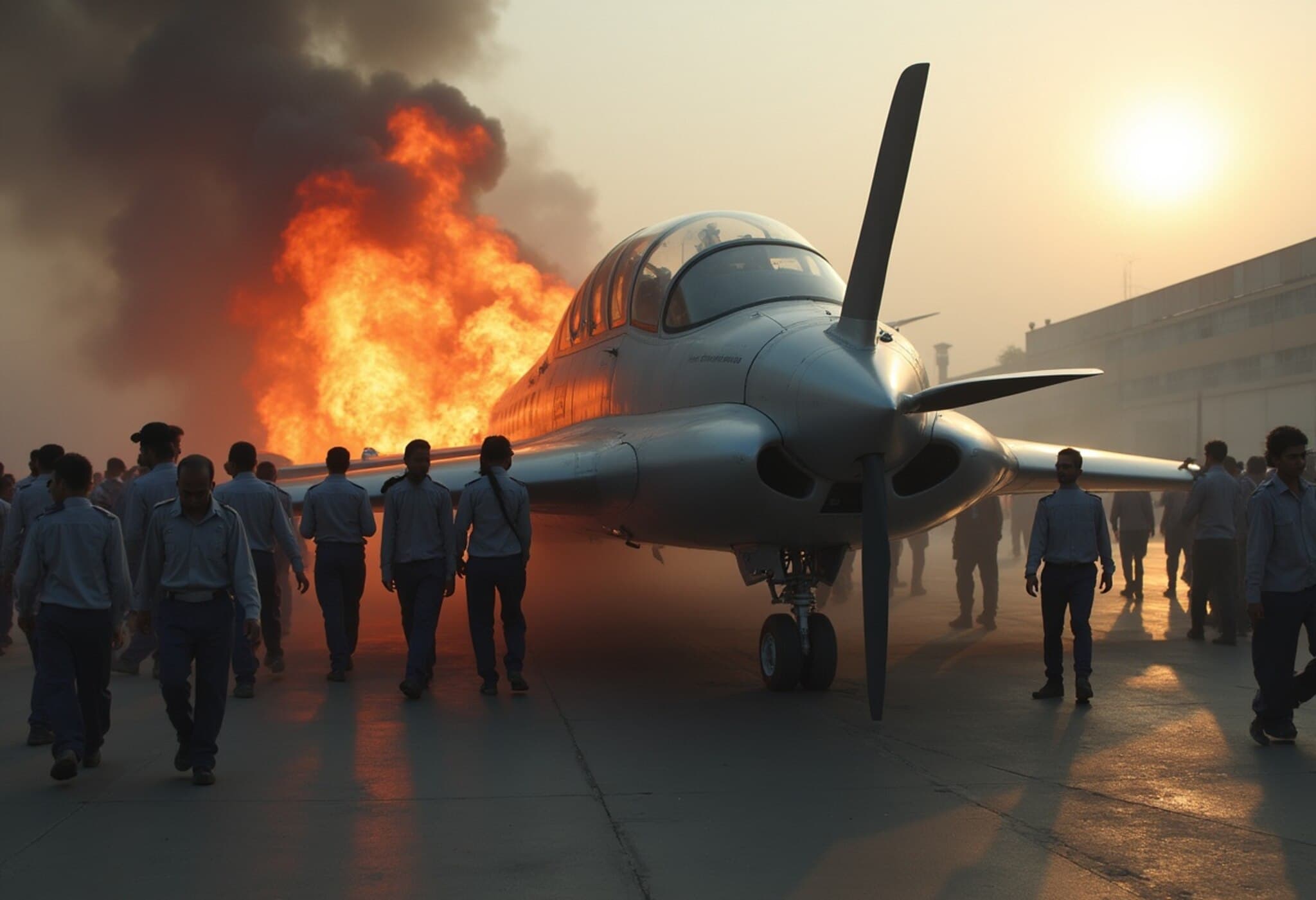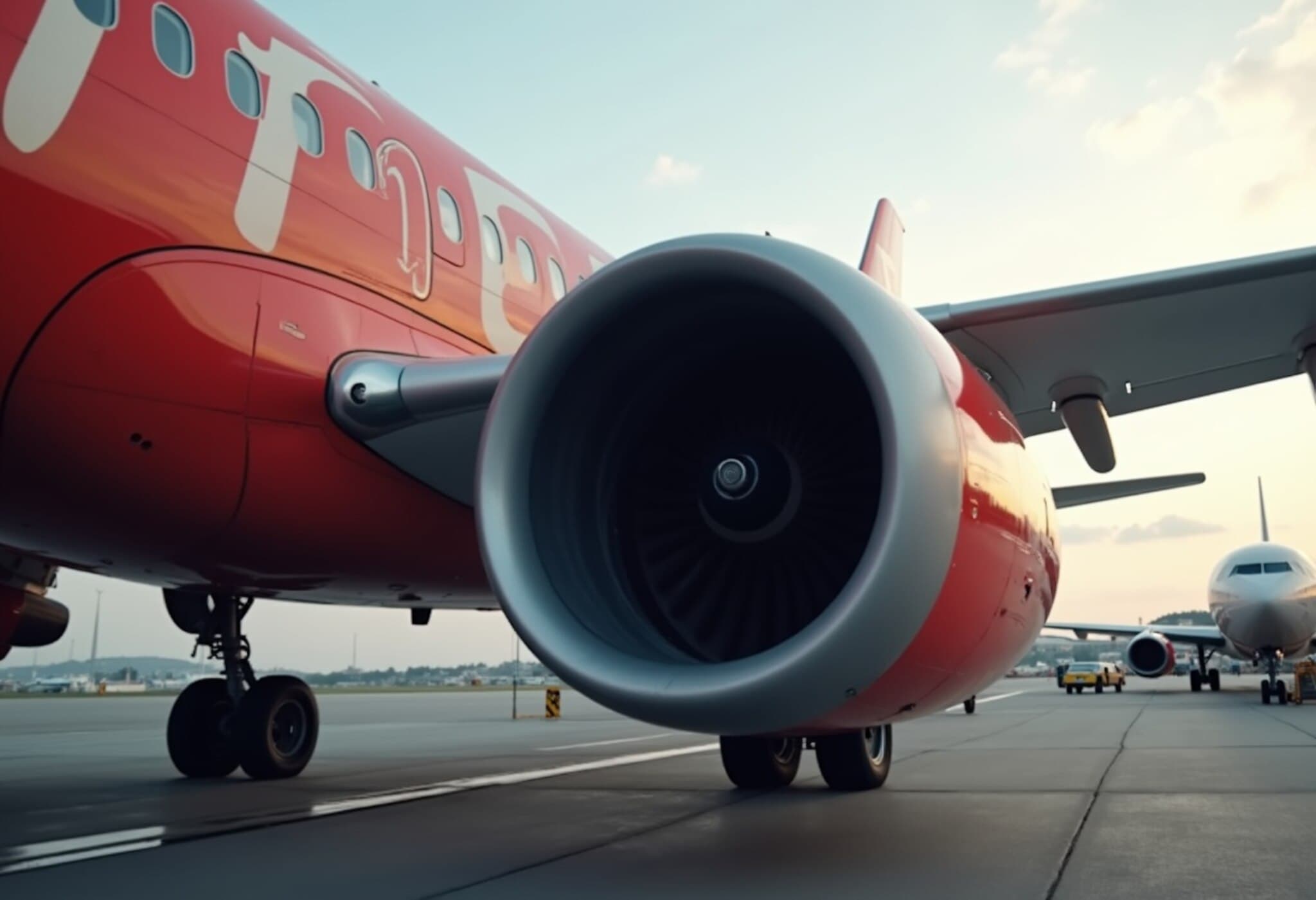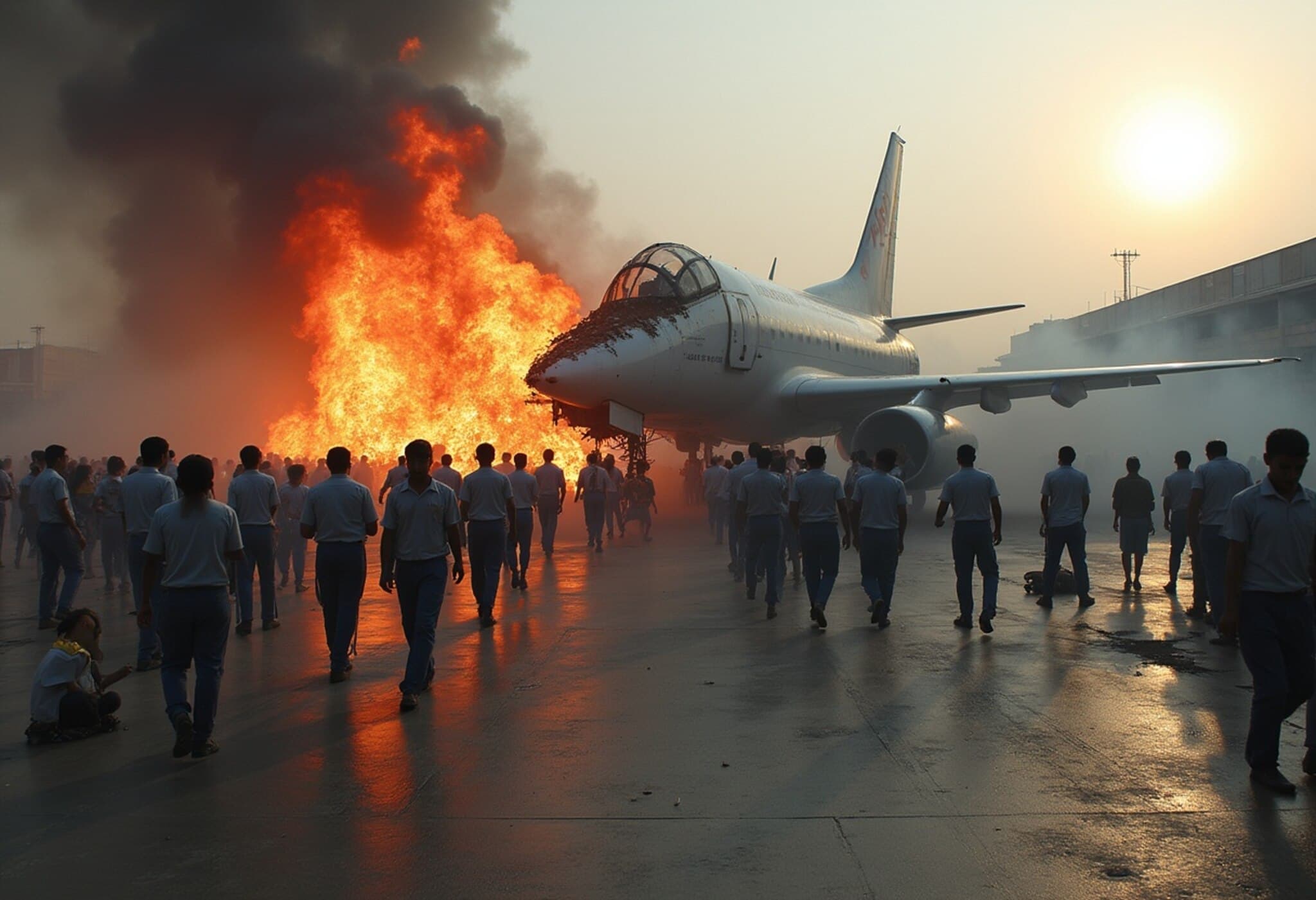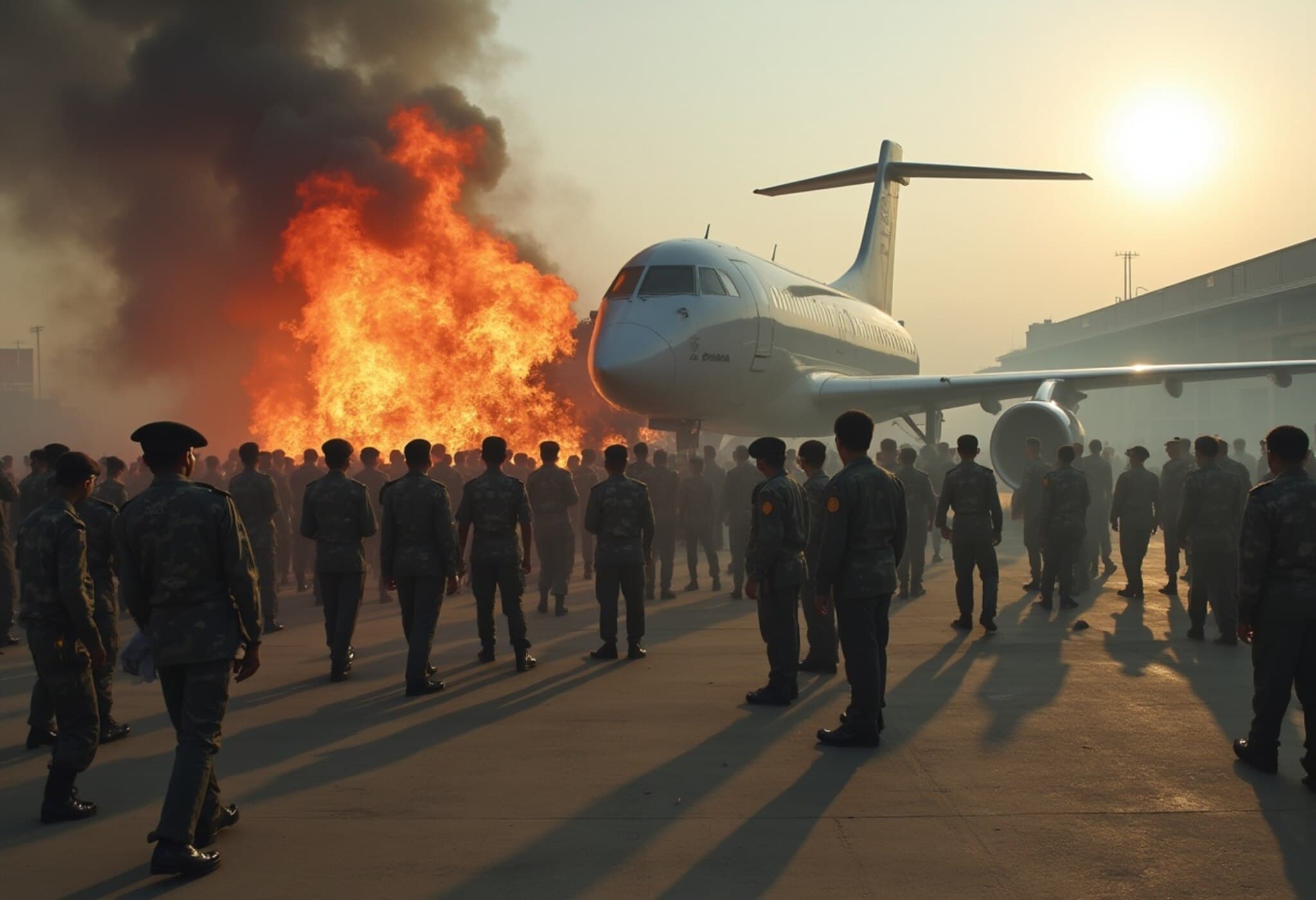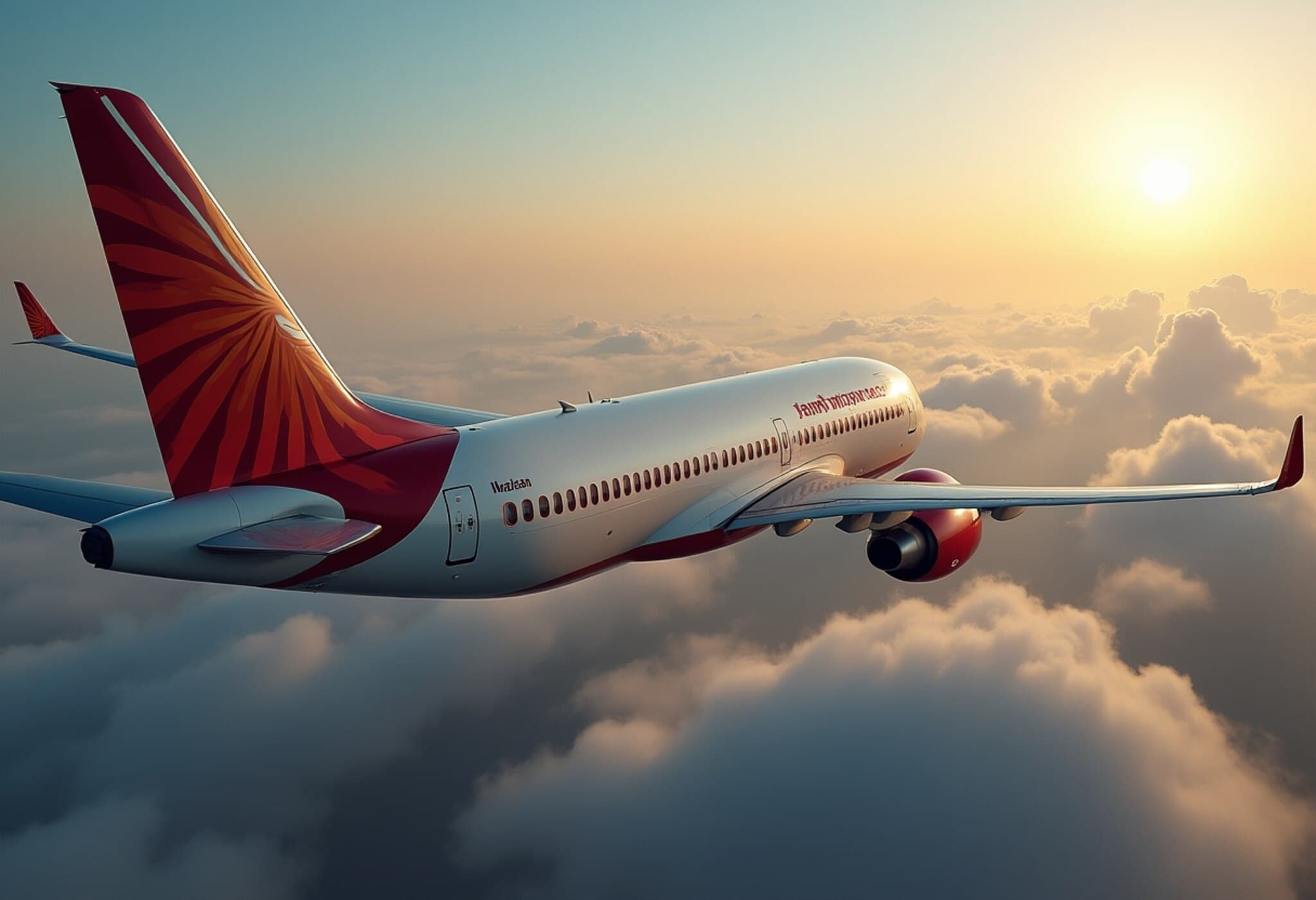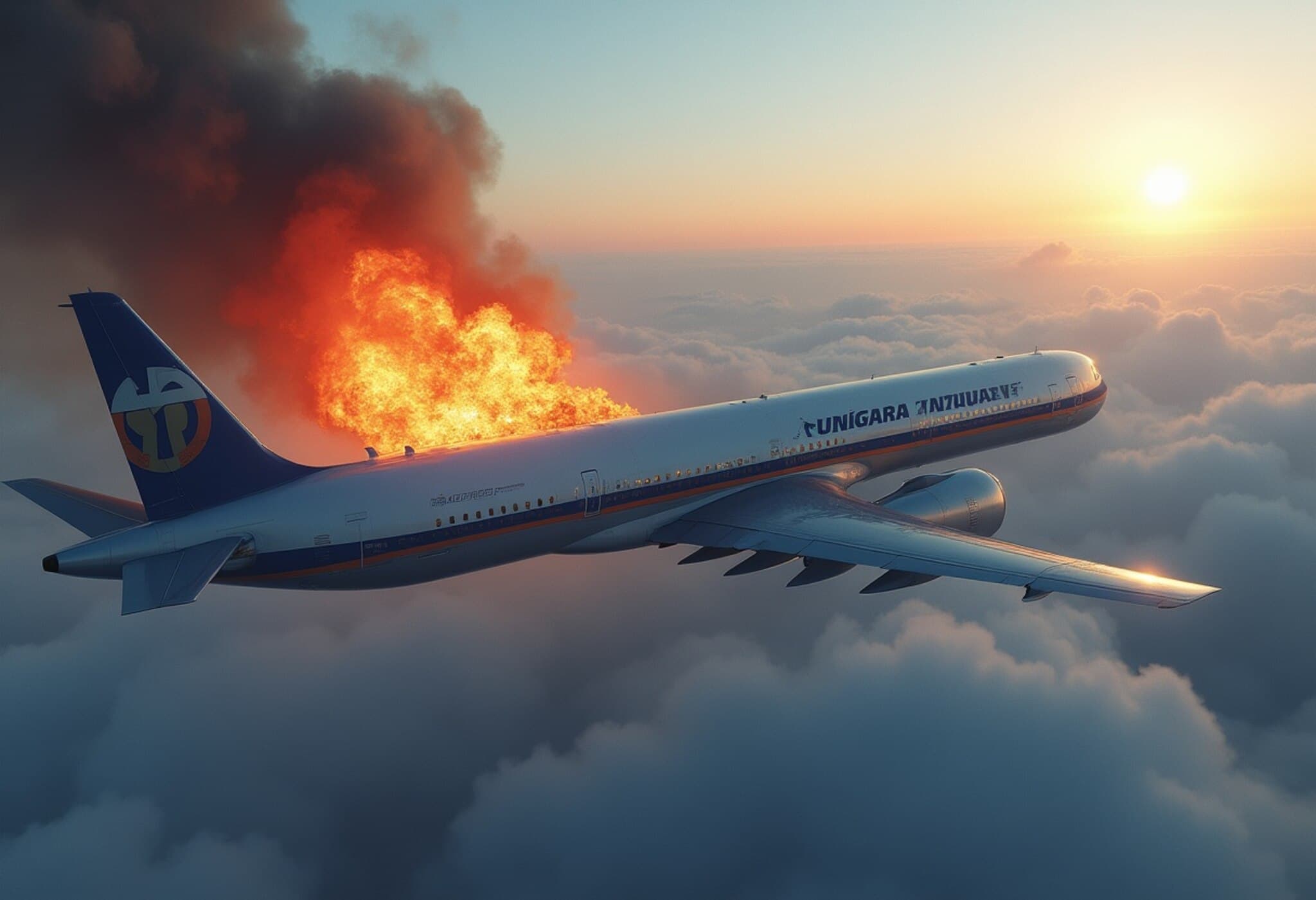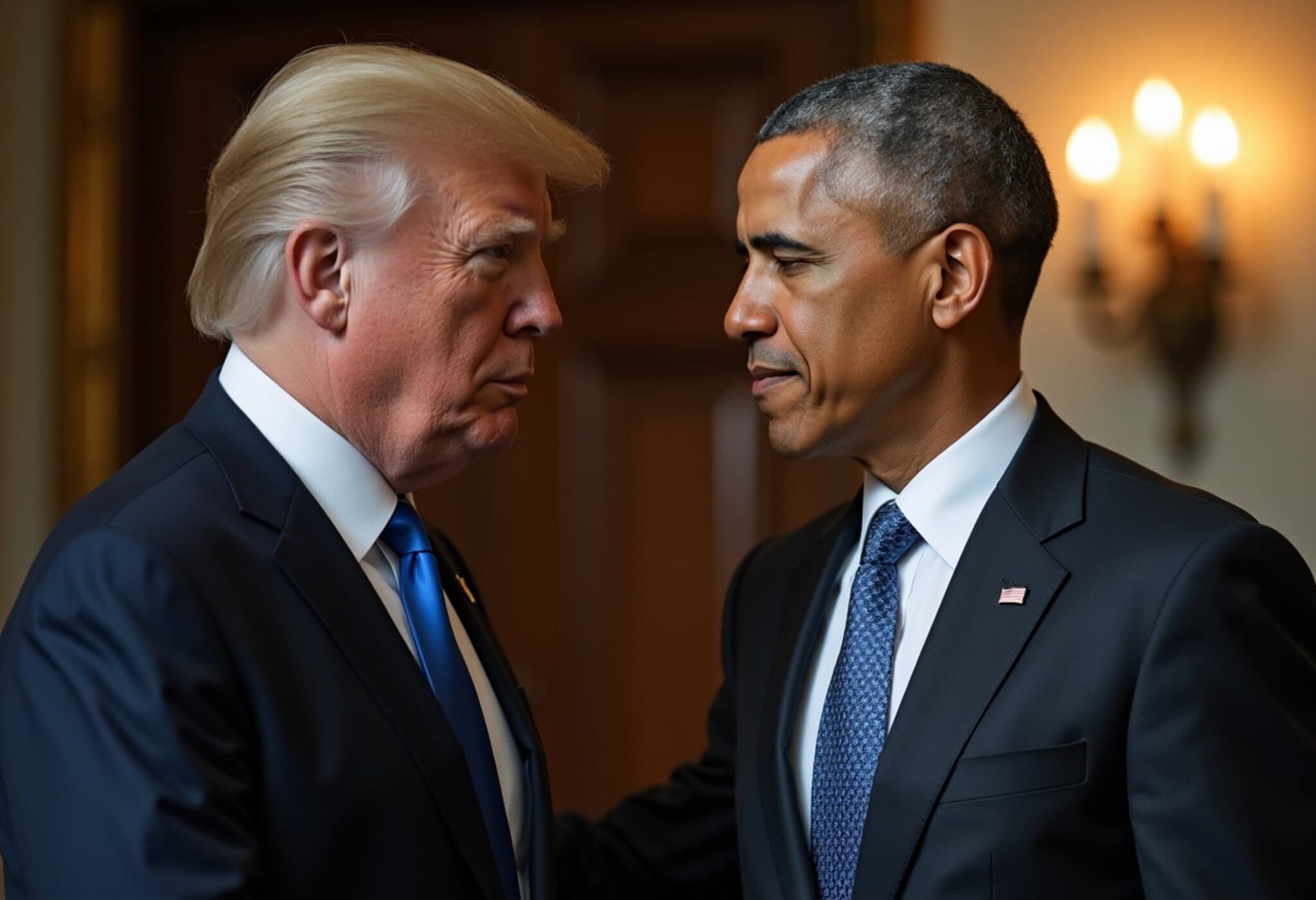Runway Near-Miss at Mexico City Airport Highlights Safety Vigilance
In a tense moment that underscores the critical importance of pilot awareness and air traffic control coordination, an AeroMéxico Connect flight narrowly avoided a catastrophic collision with a Delta Air Lines Boeing 737 during takeoff at Mexico City International Airport on Monday. The incident has since triggered investigations by both Mexican and U.S. aviation authorities.
How Close Did the Near Collision Actually Get?
The situation unfolded as Delta Flight 590, carrying 144 passengers and six crew members, began its takeoff roll on runway 5R. Simultaneously, AeroMéxico Connect Flight 1631, an Embraer 190 regional jet, was descending for landing on the same runway. Flight-tracking data from Flightradar24 revealed that AeroMéxico’s plane plummeted to an altitude of less than 200 feet directly above the taxiing Delta jet before touchdown—a dangerously close proximity that could have ended in disaster.
Swift Response Averted a Tragedy
Thanks to the vigilance of Delta’s flight crew, who spotted the descending aircraft ahead, the takeoff was promptly aborted. The pilot’s calm yet decisive reaction ensured the safety of everyone onboard and prevented what could have been a devastating runway collision.
Audio recordings obtained by ABC News capture the gravity of the moment, with the Delta pilot calmly stating, "We are holding on the runway," followed by exclamations of astonishment, including "Wow" and "Increíble" (Spanish for "incredible"). These reactions emphasize how rare and alarming such runway incursions are in modern aviation.
Aftermath and Delays
The incident caused significant disruption, with the Delta flight eventually leaving for Atlanta after a delay of about three hours. Delta Airlines has officially reported the event to both Mexican aviation authorities and U.S. agencies—including the Federal Aviation Administration (FAA) and the National Transportation Safety Board (NTSB)—and pledged full cooperation in the ongoing investigations.
Expert Insight: What Does This Incident Reveal About Aviation Safety?
The intersecting paths of landing and departing aircraft on the same runway represent one of aviation’s most perilous scenarios. While rare, such incidents highlight the razor-thin margins within which commercial aviation operates and the indispensable value of pilot training and redundant safety protocols.
It is worth noting that Mexico’s aviation safety rating was downgraded by the FAA in May 2021 due to inadequate compliance with international safety standards. However, Mexico regained its “Category One” rating as of September 2023 after concerted efforts involving technical assistance and policy reforms.
This incident provides a stark reminder that continued vigilance, investment in aviation infrastructure, and international collaboration remain essential to uphold and further improve air travel safety standards — not just in Mexico, but worldwide.
What’s Next?
- Investigation Outcomes: Mexican and U.S. aviation authorities will analyze flight data, air traffic control recordings, and crew communication to identify lapses or procedural deviations.
- Policy Reinforcement: The incident may prompt a review of runway occupancy protocols, especially under congested traffic conditions.
- Technological Upgrades: Potential implementation of enhanced ground radar and runway incursion alert systems to preempt similar close calls.
Editor’s Note
This near-miss at one of Latin America's busiest airports is a powerful reminder of the complex ballet air traffic controllers and pilots perform daily to keep the skies safe. As air travel rebounds to pre-pandemic levels globally, incidents like these compel us to ask: Are current safety systems evolving fast enough to manage ever-growing traffic? How do geopolitical and regulatory differences impact safety compliance between countries? For passengers and industry insiders alike, the hope remains that each close call catalyzes improvements that prevent future tragedies.
While the professionalism and quick reflexes of Delta’s crew averted disaster, this event serves as a clarion call for continuous oversight, transparency, and innovation in aviation safety—the pillars on which trust in air travel firmly rests.

